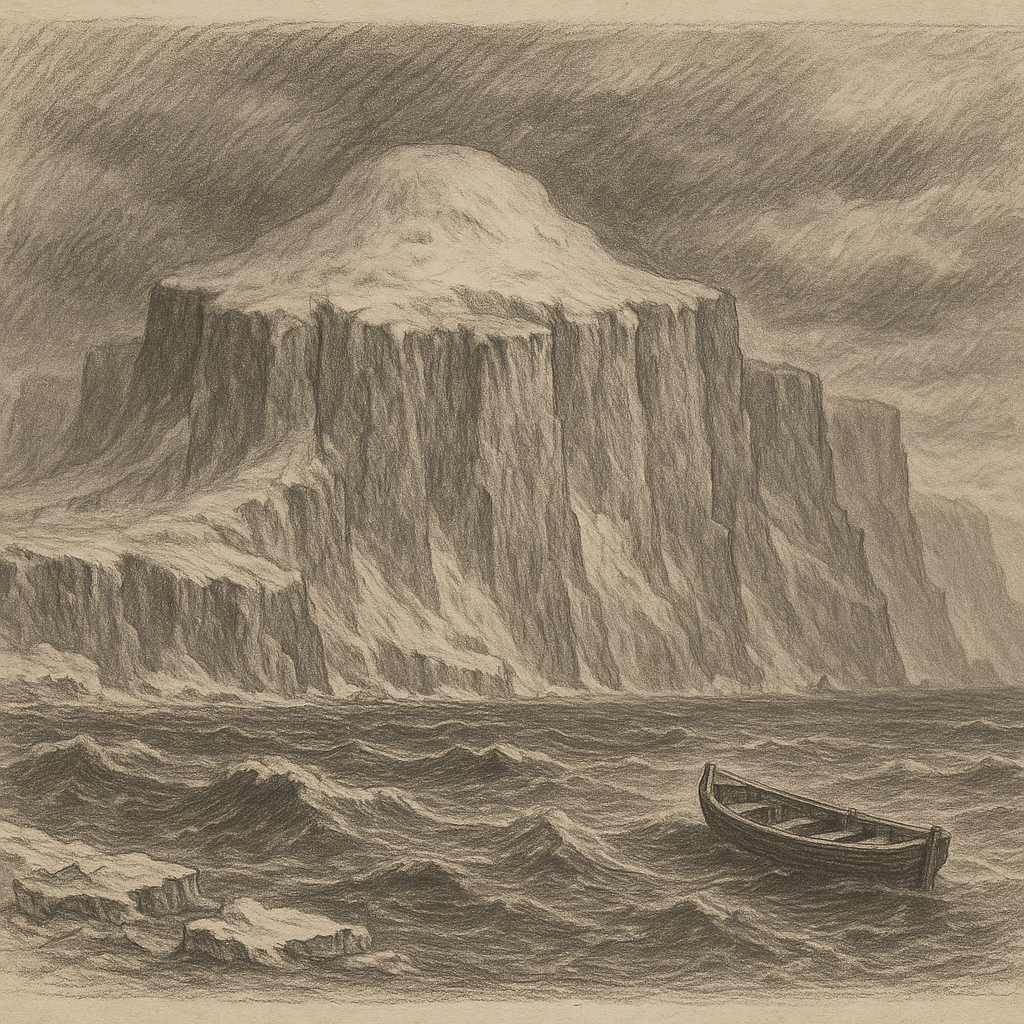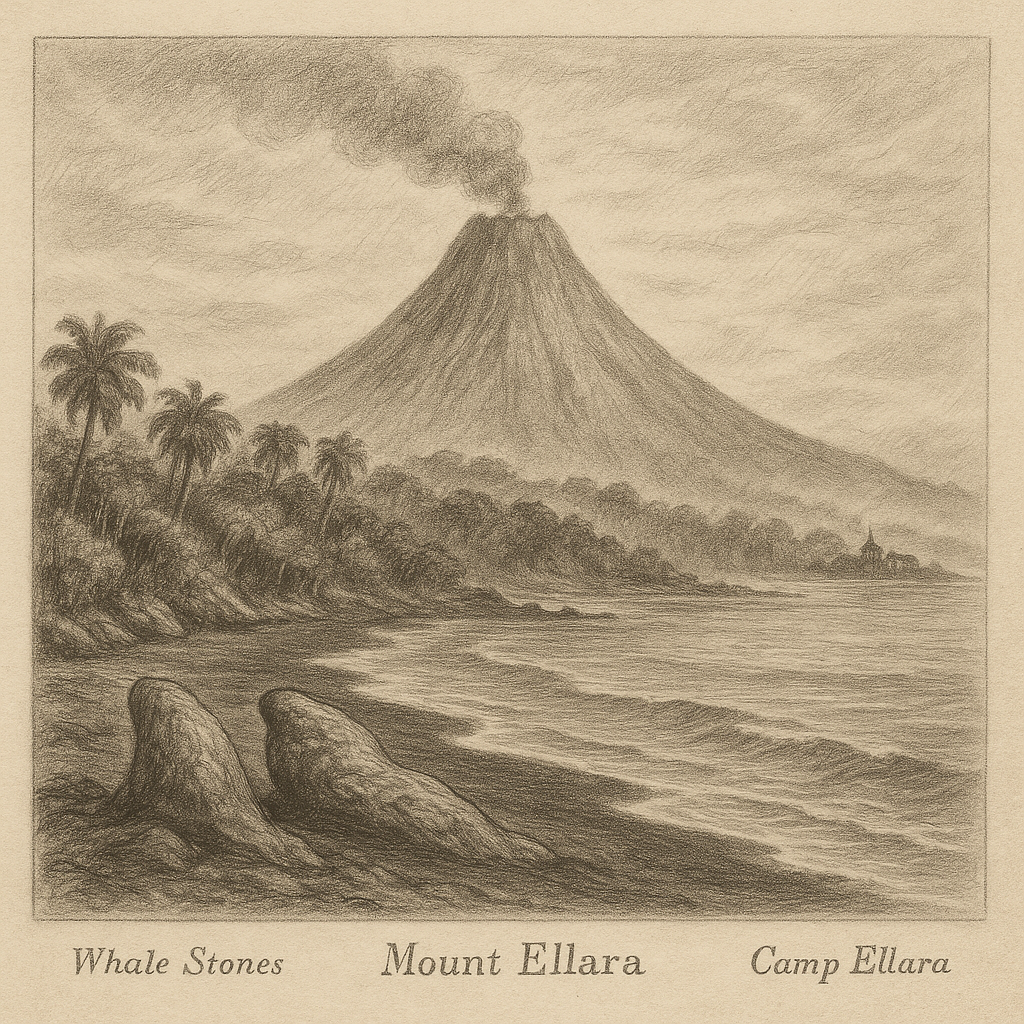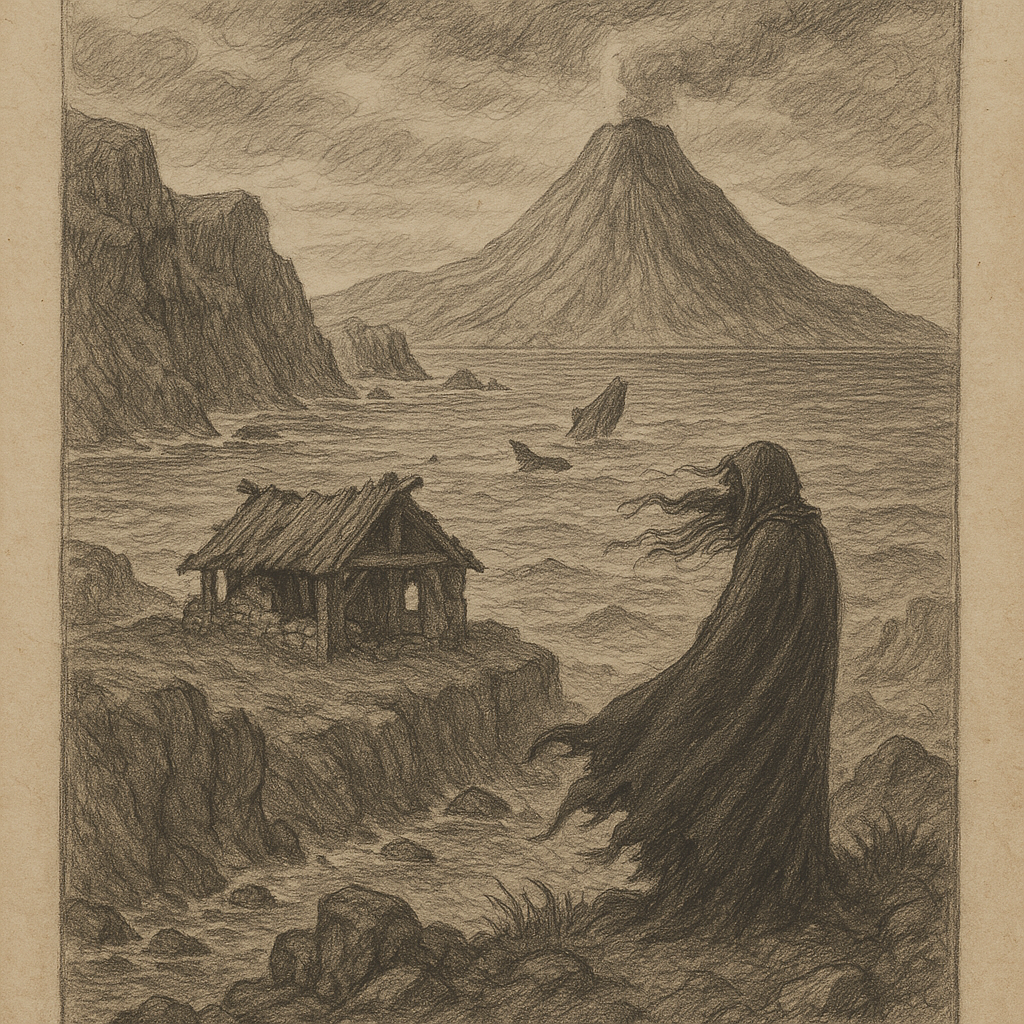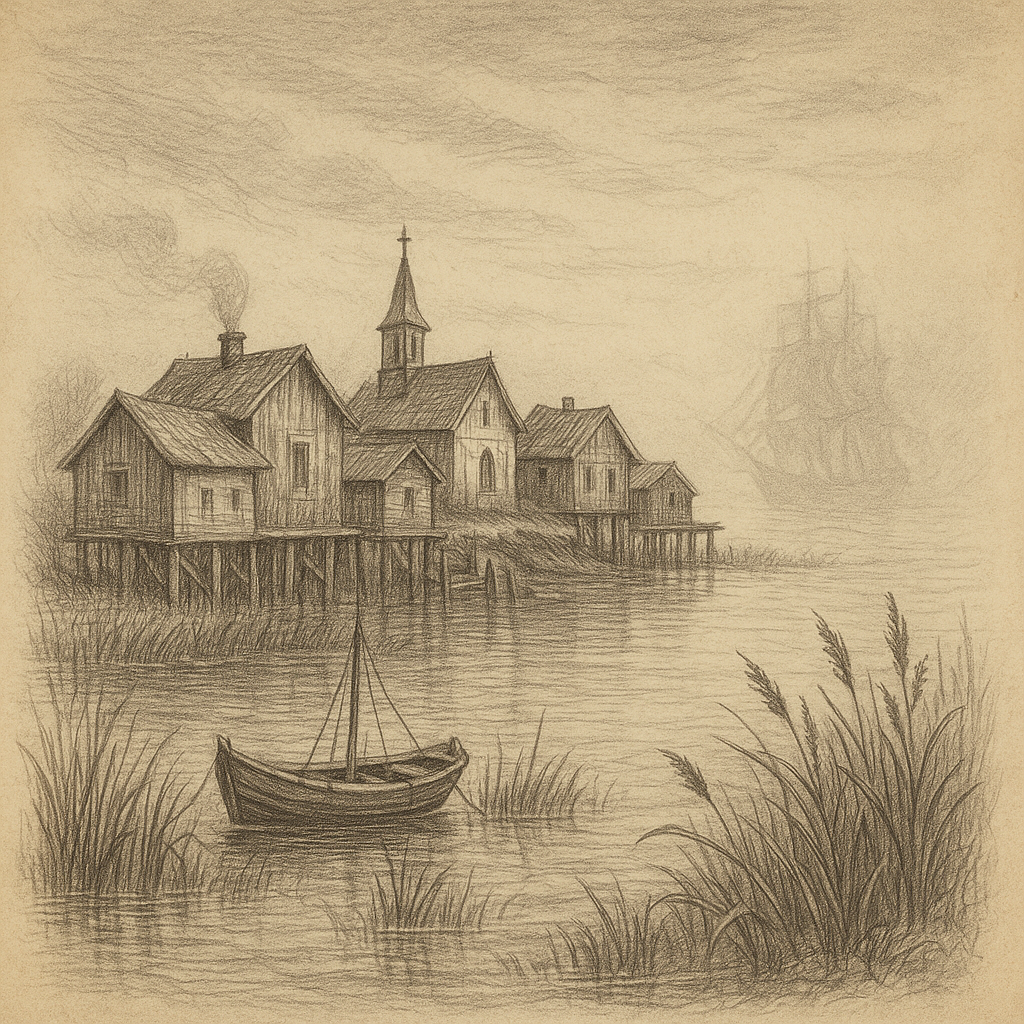Bouvetøya: The Remotest Island on Earth
Bouvetøya, or Bouvet Island, is often heralded as the most isolated island in the world. Located in the South Atlantic Ocean, this uninhabited volcanic island is one of the most mysterious and desolate places on Earth. Administered by Norway, Bouvetøya is a subantarctic island that remains largely untouched by humans, nestled amid some of the planet’s harshest climatic conditions.
Geography and Location
Bouvetøya lies at approximately 54°25′S latitude and 3°21′E longitude, roughly 1,700 kilometers north of Antarctica and more than 2,200 kilometers southwest of the Cape of Good Hope in South Africa. The nearest landmass is Queen Maud Land in Antarctica, making Bouvetøya exceptionally remote. The island is considered a separate entity for amateur radio purposes and has its own DXCC designation due to its extreme isolation.
The island covers an area of about 49 square kilometers, with over 93% of it covered by glaciers. The central plateau rises to 780 meters at Olavtoppen, the island’s highest peak. Steep cliffs and ice walls dominate its coastline, and accessible landing spots are extremely rare, further contributing to Bouvetøya’s inaccessibility.
Geological Origin and Environment
Bouvetøya is of volcanic origin, formed from the volcanism associated with the Mid-Atlantic Ridge. The island emerged from the ocean due to tectonic activity and continues to exhibit geothermal features. The last recorded volcanic activity occurred in the 20th century, though the status of the volcano is currently dormant.
Due to its glaciated terrain and cold, oceanic climate, the island supports sparse vegetation mainly comprising mosses, liverworts, and algae. Its hostile environment, coupled with frequent fog, high winds, and freezing temperatures, makes it uninhabitable by humans and extremely challenging for expeditions.
Ecological Significance
Despite its barren appearance, Bouvetøya plays a significant ecological role. The island and its surrounding marine environment are designated as a nature reserve by the Norwegian government to protect the local fauna and flora. Seabirds such as petrels and skuas nest along the cliffs, and the island serves as a breeding ground for seals—especially the Antarctic fur seal and the southern elephant seal.
The surrounding waters also form part of a crucial subantarctic ecosystem. Rich in nutrients and largely undisturbed, they support a variety of marine species, including krill, fish, and whales. Given the lack of human presence, the island offers a unique laboratory for studying isolated ecosystems and microbial life.
Scientific Presence and Accessibility
Bouvetøya has no permanent human population. The only visitors have been occasional scientific expeditions and, more rarely, military or amateur radio groups. Norway established an automated weather station and placed a hut on the island in the early 1990s, although maintaining equipment is an ongoing challenge due to the harsh environment.
Access to Bouvetøya requires specific permits from the Norwegian Polar Institute, and voyages are generally conducted by vessel only during the brief austral summer. Helicopters are often used for actual landings, given the island’s treacherous coastline and lack of natural harbors.
Interesting Facts about Bouvetøya
Bouvetøya holds a number of distinctions that add to its enigmatic character:
– It is considered the most remote island on Earth, with no nearby inhabited land.
– The island has no ports or airstrips—making it extremely difficult to access.
– It is completely covered by ice and snow for most of the year.
– Bouvetøya is one of the very few pieces of land in the world that remains almost entirely free from human footprints.
– The island’s topography continues to change due to shifting glaciers and possible minor volcanic activity.
In 2018, a joint Norwegian and South African expedition reached the island to maintain a Norwegian research station, becoming the first team to make landfall in nearly a decade. Their difficulties underscore the perils and uniqueness of visiting such a remote locale.
Legends and Mysteries
Given its remoteness and inaccessibility, Bouvetøya has naturally invited its share of intrigue and folklore. The most famous mystery involves the unexplained discovery of a lifeboat in 1964. A British expedition found an abandoned lifeboat on the island’s exposed coast, complete with oars and some supplies—but with no trace of the occupants. No accompanying shipwreck was found, and no records ever accounted for the lifeboat’s origin. The circumstances remain unexplained to this day, fueling speculation, conspiracy theories, and nautical myths.
Bouvetøya has even entered popular culture as a setting for fictional works involving secret bases, pirates, and covert operations, often playing on the island’s isolation as an ideal setting for hidden activities. Such tales, though mostly speculative, capture the imagination precisely because so little is known about this icy outpost.
Conclusion
Bouvetøya stands as a living monument to isolation—an icy sentinel surrounded by thousands of kilometers of open ocean. Its untouched landscapes, harsh conditions, and scientific value make it one of Earth’s last true frontiers. Despite its challenges, the island continues to draw interest from explorers, researchers, and adventurers seeking to understand one of the planet’s most secluded corners. In a world that is increasingly mapped and measured, Bouvetøya remains a beacon of the unknown.



